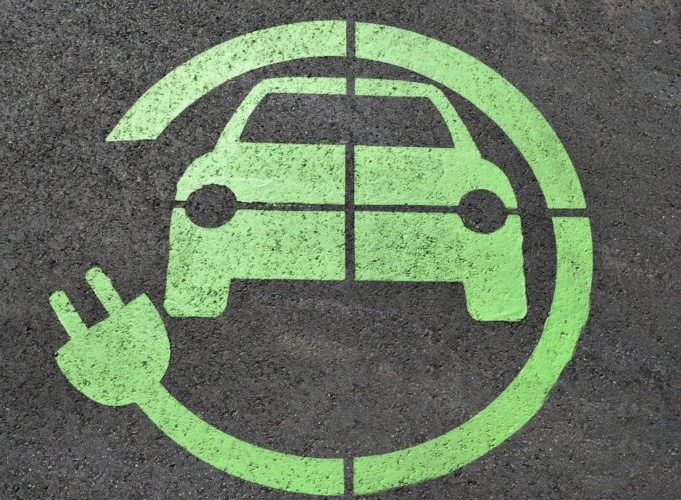
During the course of 2021, the EV-elocity project has deployed V2G chargers at multiple locations across England as part of large-scale trials to gain technical, customer and commercial insights on the emerging technology. It is also investigating if additional use from V2G charging may affect EV battery life.
Led by Cenex, the project includes the Universities of Nottingham and Warwick; Leeds and Nottingham City Councils; and CrowdCharge, a platform that integrates and optimises smart electric vehicle charges. EV-elocity is funded by the Department for Business Energy and Industrial Strategy (BEIS) and the Office for Zero Emission Vehicles (OZEV), in partnership with Innovate UK.
In a statement EV-elocity’s Nottingham University lead, Professor Lucelia Rodrigues, said: “Installing V2G technology could help to reduce emissions from transport and electricity production long-term while also improving energy system capacity and reliability and increasing consumption of locally-generated renewable power.
“At present, peak demand for energy is 5-8pm when most people are at home, but renewable sources, such as solar panels, generate most power when electricity demand is low. Therefore, there is an urgent need to resolve this disconnect and find a way to increase the grid’s capacity to store excess renewable power to reduce pressure on the energy system’s infrastructure.”
“Why invest in a battery for your home if you have a car with a battery? V2G enables us to optimise resources and make the most of our assets, rewarding us with financial returns and a reduced carbon footprint.”
According to Nottingham University, EVs could use V2G technology to help support grid resilience when parked and plugged-in. Instead of installing community battery stores, a network of EV batteries could be harnessed to absorb energy when renewable generation is plentiful and export it back to the grid during peak demand for a profit.
Dr Julie Waldron, Research Fellow at the University of Nottingham, who is studying user behaviour, said: “Company cars and vans tend to earn money while out on the road, but electric vehicles could also be a source of income when they’re parked up. We know cost is a major factor deterring mass adoption of electric vehicles, but if V2G charging helps EV owners get a quick return on their investment, it could make purchasing electric vehicles a much more attractive option to a bigger customer base.”
The project is installing multiple V2G charging demonstrators at sites owned by organisations that employ large electric vehicle fleets. Using data from V2G chargers and trackers in EV cars, and user behaviour analysis on the study, researchers are examining mobility patterns, EV charging requirements and trends, battery degradation, and electricity generation, storage and use.




Glasgow trial explores AR cues for autonomous road safety
They've ploughed into a few vulnerable road users in the past. Making that less likely will make it spectacularly easy to stop the traffic for...